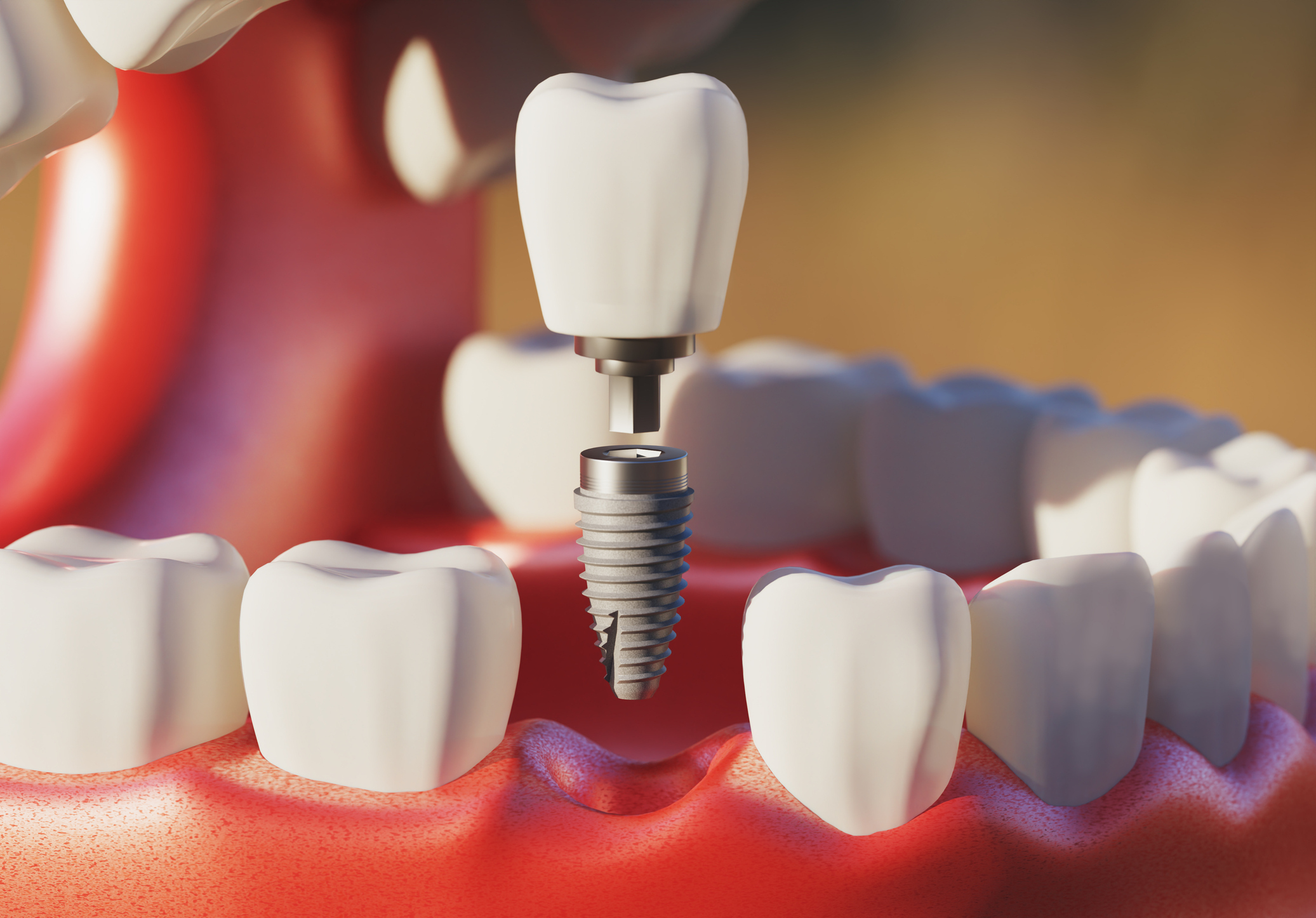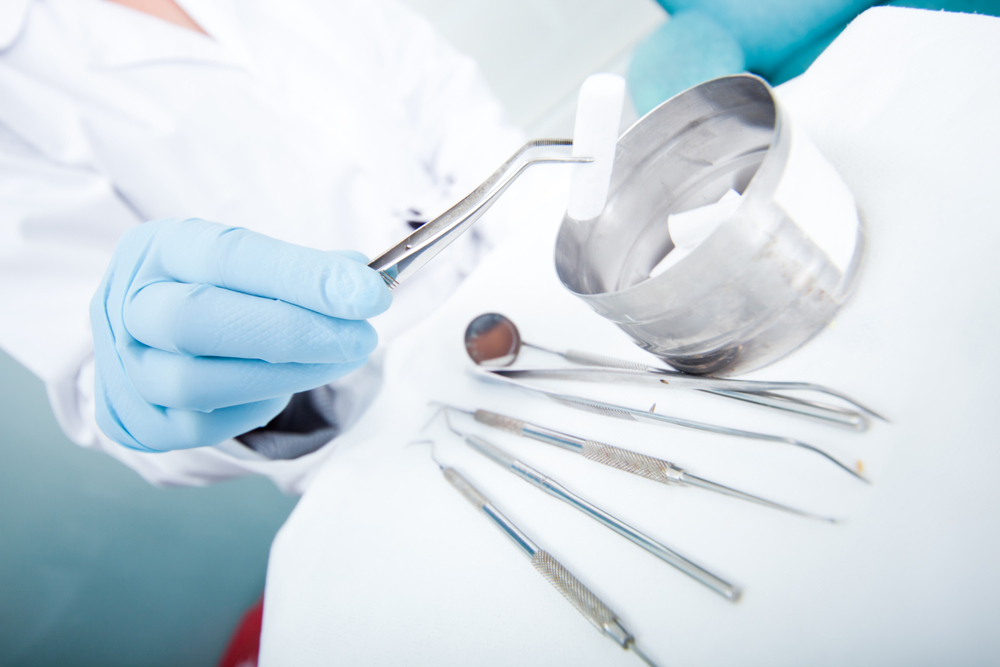Tooth malformation refers to abnormalities in the shape, size, or structure of a tooth. Malformed teeth can affect both the crown (visible part) and root of a tooth.
Often tooth malformation is known as teeth deformity or dental malformation.
“There are many acquired and inherited developmental abnormalities that alter the size, shape, and number of teeth,” explains the UMKC School of Dentistry.
Let’s examine the different types of tooth malformation, including molar tooth malformation and tooth root malformation, and discuss the causes, symptoms, and treatment options.
What is Tooth Malformation?
Tooth malformation occurs when a tooth develops an abnormal shape, size, or structure during its formation.
This can happen due to genetic factors, environmental influences, or a combination of both.
Malformations can affect any part of the tooth, including the enamel, dentin, pulp, or root. Some common types of tooth malformation include:
- Microdontia: Abnormally small teeth and may have an altered shape.
- Macrodontia: Abnormally large teeth and may be associated with crowding, malocclusion, or impaction.
- Dens Invaginatus: A deep infolding of enamel into the tooth. Usually involves the permanent maxillary lateral incisors but other permanent teeth can be affected including central incisors, premolar, canine, and molar teeth.
- Dens Evaginatus: An extra cusp or bump on the tooth surface. Usually found in the central groove or on the lingual ridge of the buccal cusp of a molar or premolar tooth.
- Fusion: Two separate tooth buds joining together during development to form one normal looking tooth or a much larger tooth.
- Gemination: Incomplete division of a single tooth bud. This twinning is a rare abnormality in which a single tooth bud tries to divide.
- Hypodontia: One of the most common developmental abnormalities, affecting nearly 20 percent of individuals – this is the term for one or more missing teeth.
- Hyperdontia: Extra or supernumerary teeth usually involving a single tooth I the permanent dentition within the maxilla.
- Hypercementosis: The overproduction or increased proliferation of cementum on the tooth root. This can result in mild to marked misshaping of the tooth root with a bulbous-like mor lobular appearance.
Causes of Malformed Teeth
Tooth malformation can be caused by various factors, including:
- Genetic disorders or inherited conditions.
- Maternal infections or illnesses during pregnancy.
- Nutritional deficiencies, particularly during tooth development.
- Trauma to the developing tooth bud.
- Environmental toxins or chemicals
- Certain medications taken during pregnancy or early childhood
“The anomalies of tooth structure can be categorized as congenital, developmental, and acquired,” says the dentalcare.com continuing education course on Anomalies of Tooth Structure.
Here is a look at those three categories, according to the course:
- Congenital anomalies are those that are present or exist at the time of birth. Such anomalies may result from genetic, infectious, environmental, or nutritional factors.
- Developmental anomalies are abnormalities that result from flawed growth and differentiation during tooth formation.
- Acquired anomalies are caused by external factors that affect teeth after normal development.
Symptoms and Signs of Malformed Teeth
The symptoms and signs of malformed teeth can vary depending on the type and severity of the malformation.
Some common indications include:
- Abnormal Alignment: Teeth may be misaligned, crowded, or have an open bite.
- Abnormal Appearance: Teeth may be smaller, pointed, or globe-shaped, or they may have widely spaced gaps.
- Difficulty Biting or Chewing: Teeth may be uncomfortable or cause pain when biting or chewing.
- Speech Difficulties: Misaligned teeth can cause speech issues, such as a lisp.
- Breathing Problems: Children with an overbite may have trouble breathing, especially at night.
- Jaw Pain: Pain when closing the jaw can be a sign of a more serious issue.
Molar Tooth Malformation
Molar tooth malformation specifically affects the shape and structure of the molar teeth.
One example is molar-incisor malformation (MIM), a rare condition characterized by abnormally small, misshapen molars and incisors.
MIM is caused by mutations in certain genes responsible for tooth development.
Treatment options for molar tooth malformation may include orthodontic therapy, dental restorations, or tooth extraction in severe cases.
“Although the etiology of MIM remains to be determined, it is thought to be attributable to an epigenetic factor linked to brain- and central nervous system–related systemic diseases at around age 1 to 2 years. MIM teeth are associated with clinical problems such as impaction, early exfoliation, space loss, spontaneous pain, periapical abscess, and poor incisor esthetics,” said the authors of a paper published in Oral Surgery, Oral Medicine, Oral Pathology and Oral Radiology.
Another type of molar tooth malformation isn’t related to a tooth abnormality but rather a specific malformation in the brain. It’s a characteristic finding seen in brain imaging, particularly magnetic resonance imaging (MRI), in a condition called Joubert syndrome.
Joubert syndrome is a rare genetic disorder that affects the cerebellum, an area of the brain responsible for balance and coordination. In people with Joubert syndrome, the brainstem and cerebellar vermis (the middle part of the cerebellum) are underdeveloped. This malformation results in a distinct appearance on MRI scans, resembling the cross-section of a molar tooth – hence the name "molar tooth sign."
Tooth Root Malformation
Tooth root malformation refers to abnormalities in the shape, size, or number of tooth roots. Some examples include:
- Dilaceration: A disturbance in tooth development generates a sharp angular bend or distinct curvature in the root.
- Supernumerary Roots: Extra roots on a tooth.
- Concrescence: Fusion of two tooth roots.
- Taurodontism: Enlarged pulp chambers and shorter roots. The name is derived because taurodants are molar teeth that present unusual tooth morphology, resembling the teeth of bulls.
- Talon Cusp: A supernumerary or accessory cusp affects maxillary or mandibular incisor teeth.
- Enamel Pearls: These are tiny nodules of ectopic enamel that occur most typically on the root surface of permanent maxillary molar teeth.
The exact cause of tooth root malformation can vary depending on the type of malformation. Some potential causes include:
- Genetics.
- Systemic diseases present during tooth development, like prematurity or low birth weight.
- Nutritional deficiencies.
- Trauma to the developing tooth.
Root malformations can lead to complications such as increased risk of tooth loss, difficulty with dental treatments, and altered bite or jaw alignment.
Treatment options depend on the specific type and severity of the root malformation, and may involve orthodontic therapy, endodontic treatment, or tooth extraction.
Treatment Options for Malformed Teeth
The treatment for malformed teeth depends on the type and extent of the malformation.
Some common treatment options include:
- Orthodontic therapy to correct misaligned or crowded teeth.
- Dental restorations, such as crowns, veneers, or bonding, to improve tooth shape and appearance.
- Endodontic treatment (root canal) for malformed teeth with compromised pulp.
- Tooth extraction in severe cases where the malformed tooth cannot be saved.
- Dental implants or bridges to replace extracted malformed teeth.
Your oral surgeon will work with you to determine the most appropriate treatment plan based on your specific needs and the severity of the tooth malformation.
Tooth malformation can affect the shape, size, and structure of teeth, leading to various dental problems.
Understanding the causes, symptoms, and treatment options for malformed teeth, including molar tooth malformation and tooth root malformation, can help you make informed decisions about your oral health.
If you suspect that you or a loved one has a malformed tooth, consult with Northwest Oral & Maxillofacial Surgery to discuss the best course of action for your individual case.

.webp)



